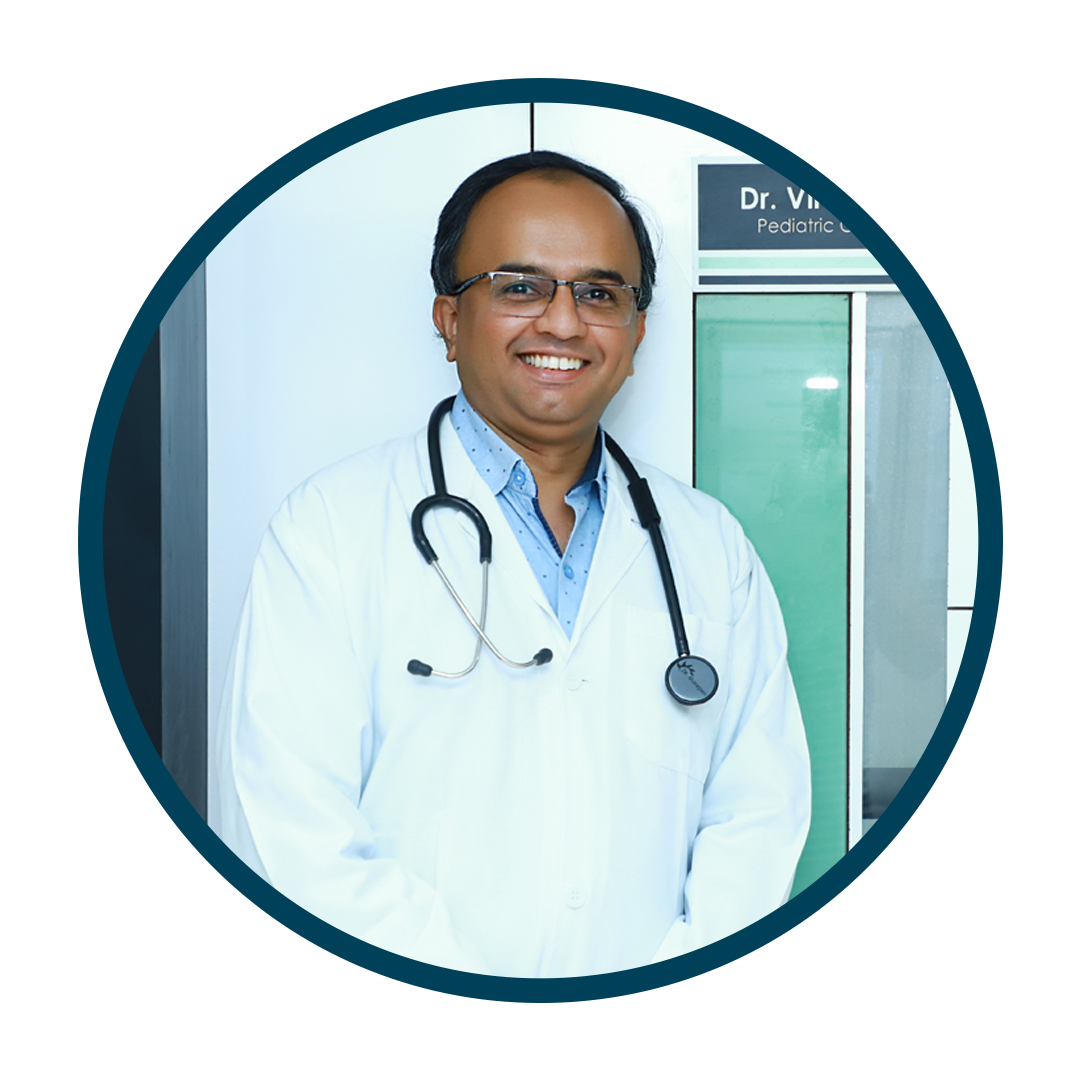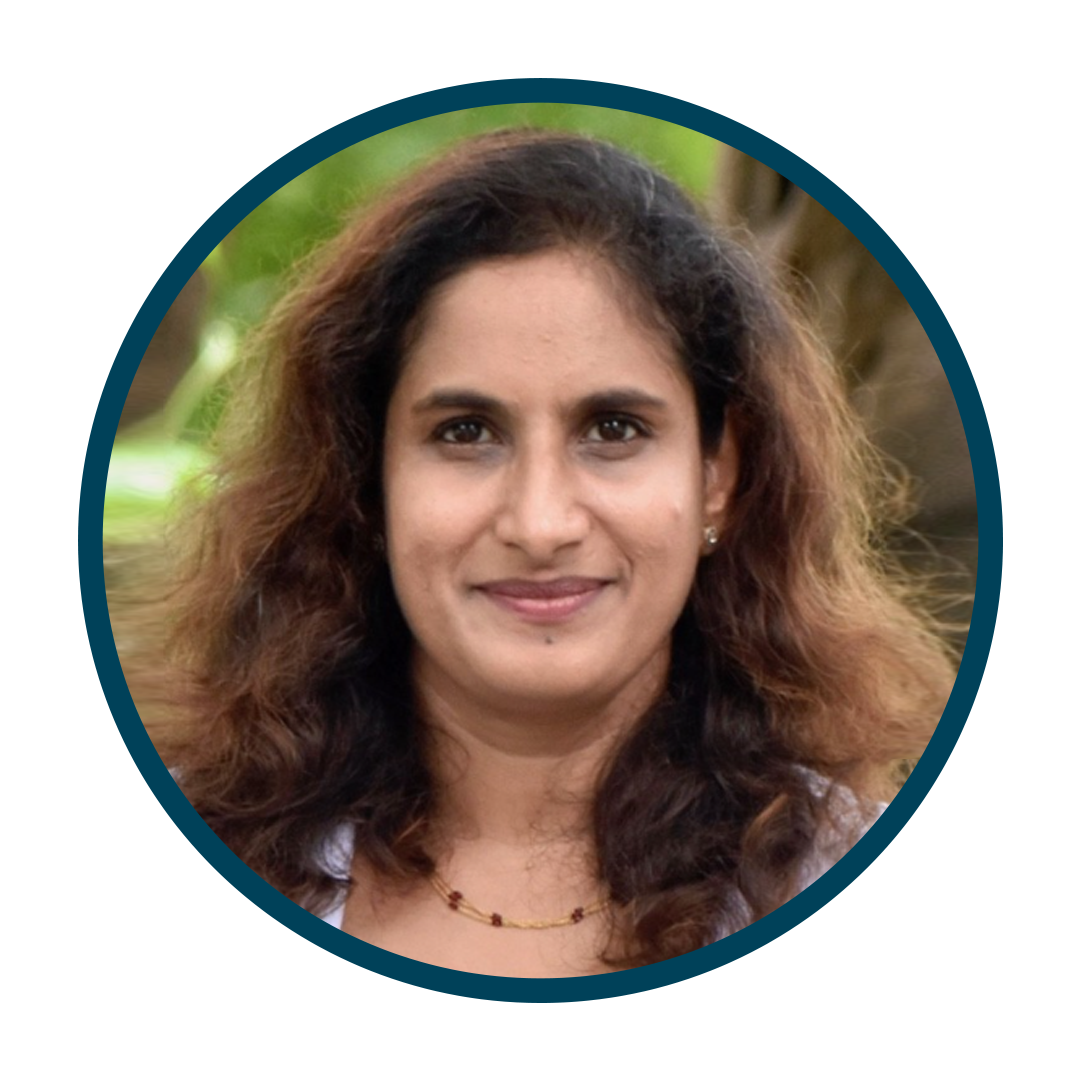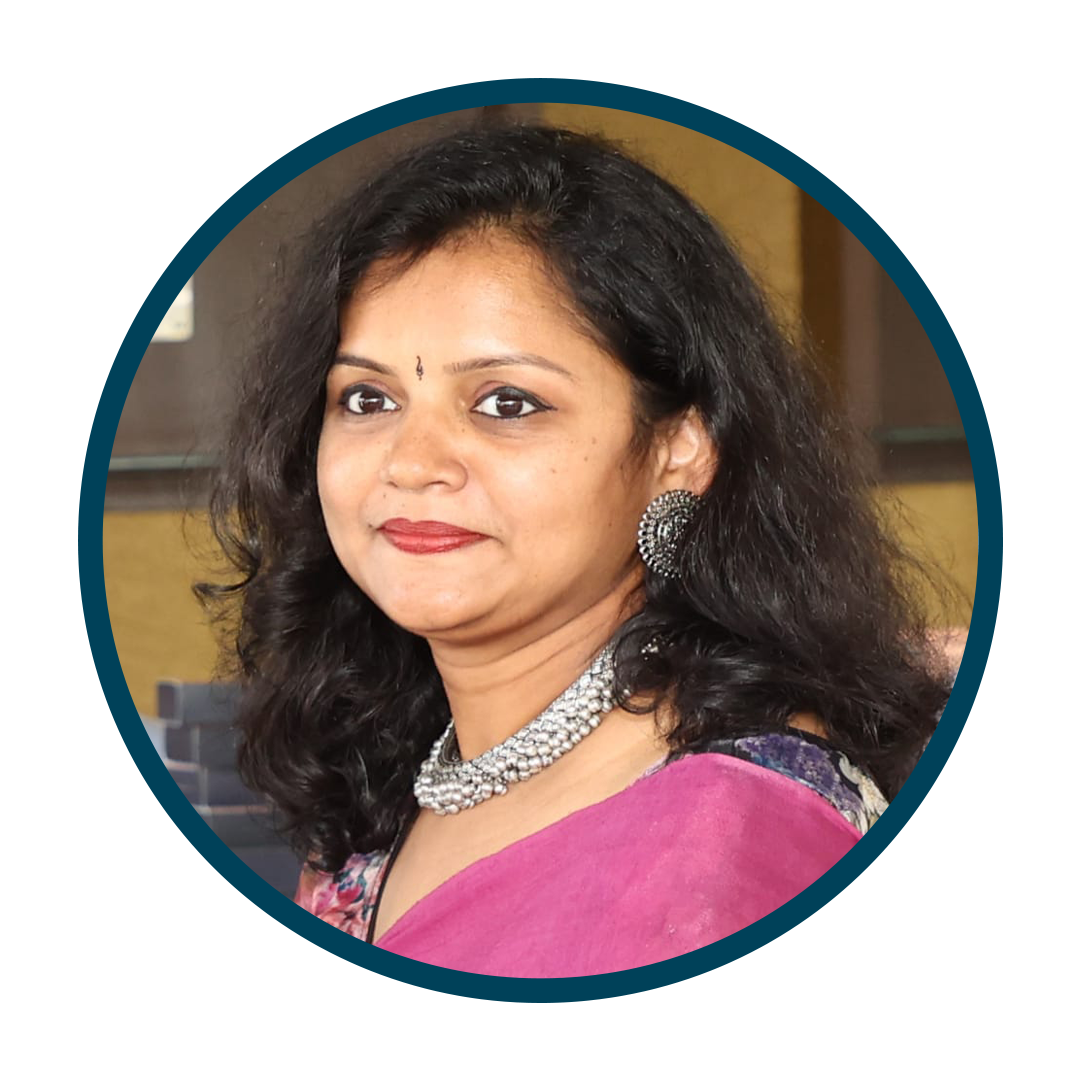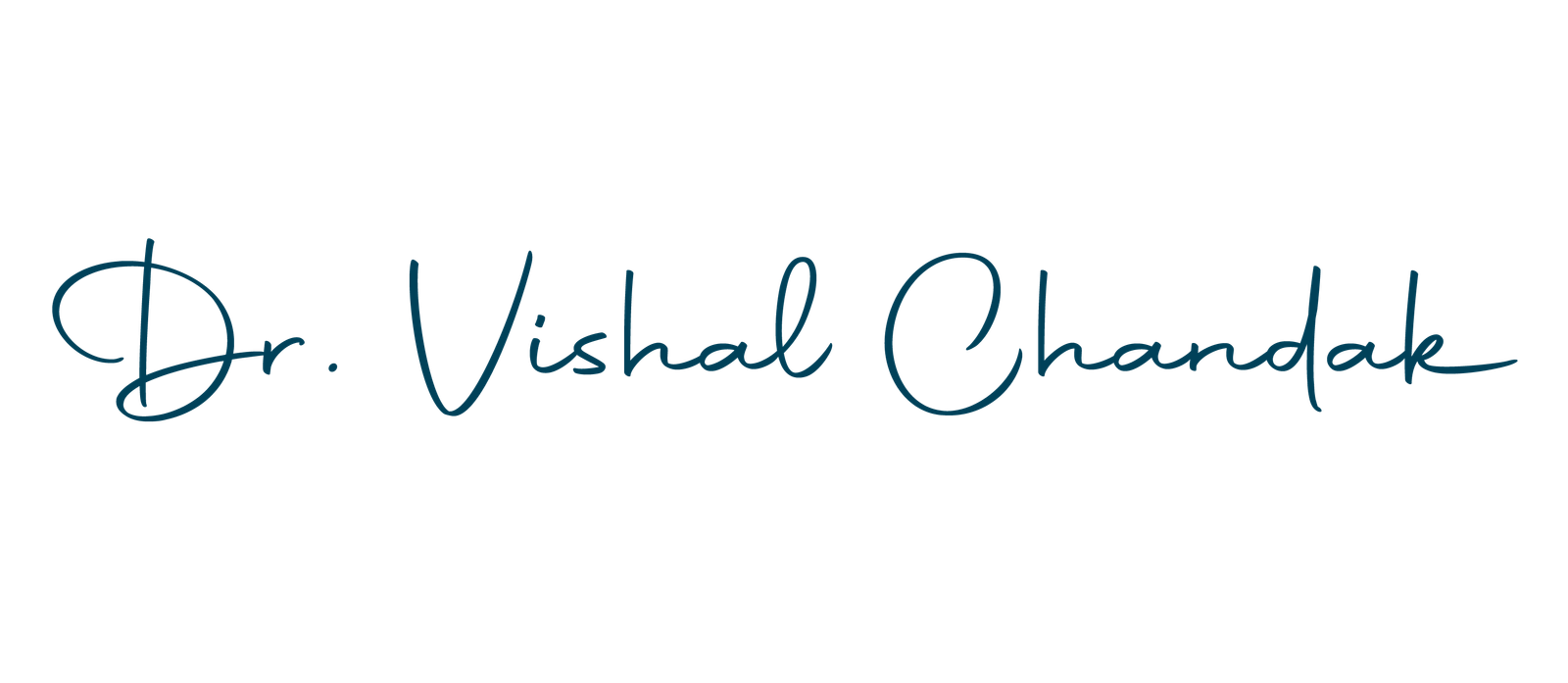1
What are pediatric orthopedic deformities?
Orthopedic trauma care involves the diagnosis and treatment of bone and joint injuries resulting from accidents, falls, or sports-related incidents. It focuses on restoring function and mobility while minimizing long-term complications.
Book an Appointment
Book an appointment with Dr. Vishal Chandak for expert Orthopedic Treatments & Consultations
Genu Varum (Bowlegs)

Genu Valgus (Knock Knees)

Pseudoarthrosis Tibia

Arthrogryposis Multiplex Congenita

Developmental Dysplasia of Hip

Congenital Dislocation Knee

Congenital Short Femur

Cubitus Varus

Radial Club Hand

Deformity corrections involve specialized interventions to address various orthopedic conditions affecting bone alignment and joint function. These procedures aim to restore optimal structure and function, enhancing the overall quality of life for individuals with deformities.
2
Various Conditions commonly found in Children:
Genu Varum (Bowlegs)
Causes:
- Physiological bowlegs in infants.
- Nutritional deficiencies like rickets.
- Genetic predisposition.
- Blount’s disease affecting shinbone.
- Skeletal dysplasias or metabolic bone diseases.
- Trauma or fractures disrupting normal bone growth.
Management:
- Observation for physiological bowlegs.
- Nutritional supplementation for deficiencies.
- Orthotic devices (braces, shoe inserts).
- Surgical interventions for severe cases.
- Physical therapy for muscle strength and flexibility.
- Management of underlying conditions for holistic care.
Genu Valgus (Knock Knees)
Causes:
- Physiological variation in early childhood.
- Obesity contributing to stress on knees.
- Genetic predisposition.
- Muscle weakness or imbalance.
- Underlying medical conditions.
- Trauma or injury affecting limb alignment.
Management:
- Observation for mild physiological cases.
- Weight management through diet and exercise.
- Physical therapy to strengthen muscles.
- Orthotic devices for support and alignment.
- Surgical intervention for severe or progressive cases.
- Management of underlying conditions for comprehensive care.
Pseudoarthrosis Tibia
Causes:
- Inadequate immobilization.
- Poor blood supply to the fracture site.
- Infection disrupting healing.
- Mechanical factors hindering bone union.
- Patient factors like smoking or diabetes.
Management:
- Surgical intervention with debridement and stabilization.
- Bone grafting to promote healing.
- Bone stimulation techniques.
- Addressing underlying factors for improved outcomes.
- Postoperative rehabilitation for functional restoration.
- Long-term monitoring for complications or recurrence.
Arthrogryposis Multiplex Congenita
Causes:
- Fetal movement restrictions during development.
- Genetic factors related to muscle or nerve function.
- Maternal factors like illness or toxin exposure.
Management:
- Early intervention with a multidisciplinary team.
- Physical therapy for range of motion and strength.
- Occupational therapy for daily living activities.
- Orthopedic interventions based on severity.
- Assistive devices for mobility.
- Long-term follow-up for ongoing support and adaptation.
Developmental Dysplasia of Hip
Causes:
- Genetic predisposition.
- Fetal positioning issues.
- Environmental factors like swaddling.
- Hormonal factors during pregnancy.
Management:
- Screening and early diagnosis.
- Pavlik harness for infants.
- Closed reduction and spica casting for moderate cases.
- Surgical intervention for severe cases.
- Postoperative management and rehabilitation.
- Long-term follow-up for ongoing assessment.
Radial Club Hand
Causes:
- Abnormal development of the upper limb.
- Genetic predisposition.
- Environmental factors during pregnancy.
Management:
- Early evaluation and diagnosis.
- Splinting and stretching exercises.
- Surgical intervention for severe cases.
- Rehabilitation and therapy for functional improvement.
- Psychosocial support for individuals and families.
- Long-term follow-up for ongoing management.
Congenital Short Femur
Causes:
- Abnormal development of the proximal femur.
- Genetic predisposition.
- Environmental factors during pregnancy.
Management:
- Early evaluation and diagnosis.
- Non-surgical options for mild cases.
- Surgical intervention for moderate to severe cases.
- Rehabilitation and therapy for functional recovery.
- Psychosocial support for emotional challenges.
- Long-term follow-up for ongoing care.
Congenital Dislocation Knee
Causes:
- Developmental Abnormalities: Disruption in knee joint formation during fetal growth.
- Genetic Factors: Inherited predisposition to knee joint issues.
- Musculoskeletal Conditions: Skeletal anomalies affecting knee alignment.
- Joint Instability: Weak ligaments or tendons supporting the knee.
- Fetal Positioning: Abnormal fetal positioning leading to knee dislocation.
Management:
- Early Detection: Identify knee dislocation in infancy or early childhood.
- Non-surgical Approaches: Observation and gentle manipulation for mild cases.
- Orthotic Support: Use braces or splints to maintain alignment.
- Physical Therapy: Exercises to strengthen muscles and improve mobility.
- Surgical Correction: Relocate the knee joint in severe cases.
- Collaborative Care: Team approach involving specialists for comprehensive treatment.
- Long-term Monitoring: Track knee development and address complications.
Cubitus Varus
Causes:
- Malunion of a fracture of the distal humerus
- Growth plate injuries
- Congenital abnormalities
Management:
- Osteotomy: Surgical cutting and realignment of the bone, often performed at the site of malunion or deformity.
- Internal Fixation: Use of plates, screws, or pins to stabilize the bone after osteotomy.
- External Fixation: Application of external devices to gradually correct the deformity and stabilize the bone during healing.
- Soft Tissue Release: Correction of associated contractures or tightness around the elbow joint by releasing ligaments, tendons, or muscles.
- Rehabilitation: Post-surgery physical therapy to restore elbow function, including exercises to improve range of motion, strength, and stability.
How Dr. Vishal Chandak Stands Apart?
Dr. Vishal Chandak sets himself apart in orthopedic trauma care with:
Vast experience in treating pediatric fractures and musculoskeletal injuries.
Expertise in growth plate considerations and age-specific treatment approaches.
Comprehensive approach focusing on long-term functional outcomes and minimizing complications.
Personalized care and compassionate support for patients and their families.
Dr. Vishal Chandak stays updated with the latest orthopedics, ensuring cutting-edge treatments for patients.
Dr. Vishal Chandak works closely with specialists to provide comprehensive care, promoting holistic treatment approaches.
3
Our Facility
4
Our Process
Early evaluation and diagnosis.
Multidisciplinary collaboration.
Precision surgical interventions.
Personalized rehabilitation programs.
Psychosocial support for emotional well-being.
Long-term follow-up for continuous care.
DID YOU KNOW?
Deformity corrections, led by Dr. Vishal Chandak, extend beyond physical alignment—they restore confidence, mobility, and the joy of a fulfilled life. Our dedicated team ensures precise, personalized care, offering a brighter future for those seeking deformity corrections. Consult our specialists for expert evaluation and a comprehensive care plan tailored to your unique needs.
5
Our Support Team
Consultant Paediatrician

Dr. Atish Laddha
Paediatric Haemato-Oncologist

Dr. Shraddha Chandak
Paediatric Orthopedic surgeon

Dr. Viranchi Vaidya
Consultant Paediatric Nephrologist

Dr. Pankaj Bhansali
Paediatric Neurologists
Rehab Specialists

Dr. Varsha Vaidya

Dr. Madhavi Shelake
Rehab Specialists

Dr. Sandip Saraf

Dr. Pooja Patel

Dr. Monali Nawal
Paediatric Anaesthesiologist

Dr. Shivraj Chilwant

Dr. Prasad Deshpande

Dr. Renuka Marawar
6
Frequently Asked Questions
What types of deformities can be corrected by orthopedic surgery?
A variety of deformities can be addressed, including bowlegs, knock knees, limb length discrepancies, angular deformities (e.g., bent bones), and scoliosis (curvature of the spine).
When is surgery considered for deformity correction in children?
Surgery may be recommended if the deformity causes pain, limits mobility, affects self-esteem, or is worsening over time. Non-surgical options like bracing may be attempted first, depending on the specific deformity.
What are the different surgical approaches for deformity correction?
Procedures vary depending on the deformity. Techniques may involve bone cutting and realignment, inserting plates or screws for fixation, or using growth modulation techniques to guide bone growth.
What is the recovery process like after deformity correction surgery?
Recovery can involve pain management, physical therapy, and rehabilitation to regain strength and mobility. Dr. Chandak will provide a detailed recovery plan for your child.
What are the potential risks and complications of deformity correction surgery?
As with any surgery, there are risks like infection, bleeding, and anesthesia complications. Dr. Chandak will discuss these risks in detail before obtaining your consent for the procedure.
What are the long-term benefits of deformity correction surgery in children?
Surgery can improve a child’s mobility, reduce pain, enhance self-confidence, and allow for greater participation in activities.
How can I help my child cope with the emotional aspects of deformity correction surgery?
Open communication, reassurance, and age-appropriate explanations can help your child understand the procedure and manage any anxieties. Dr. Chandak’s clinic staff can also provide support and resources.
How does Dr. Chandak decide if surgery is the best course of treatment for a deformity?
Dr. Chandak will consider factors like the severity of the deformity, its impact on your child’s mobility and function, the potential for progression, and the child’s age and development. He will discuss the benefits and risks of surgery in detail, ensuring you understand all options before making a decision.
